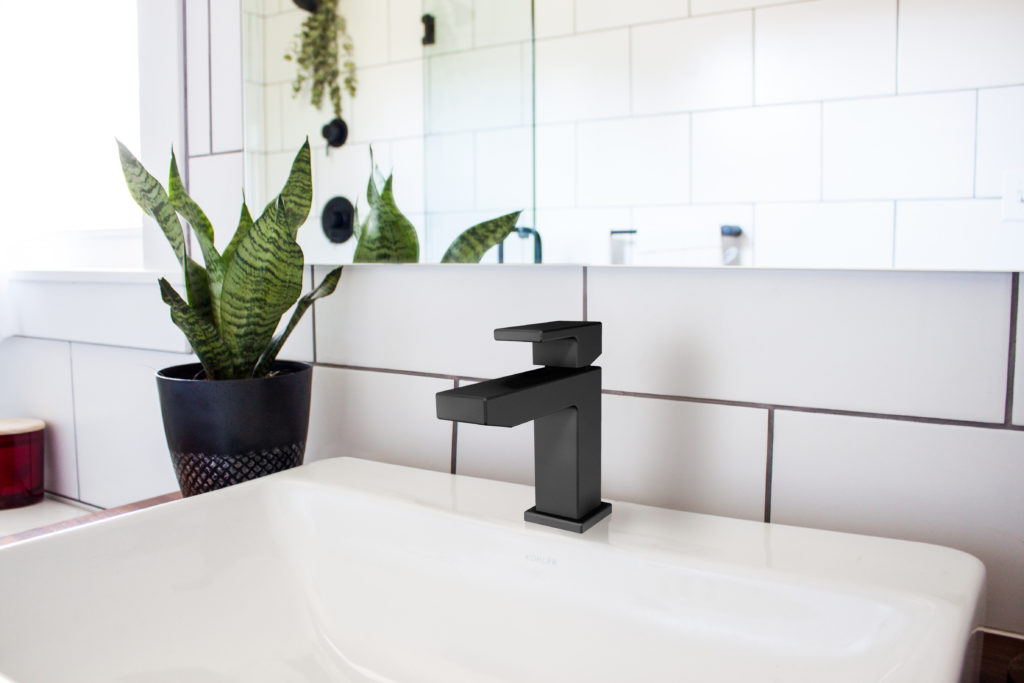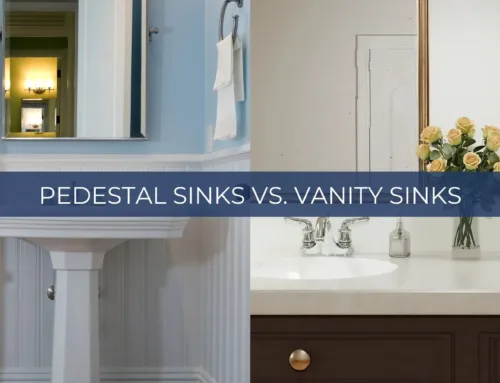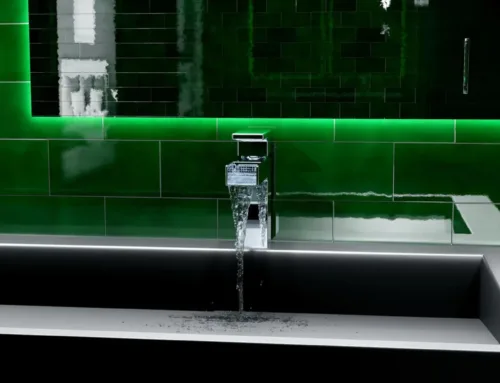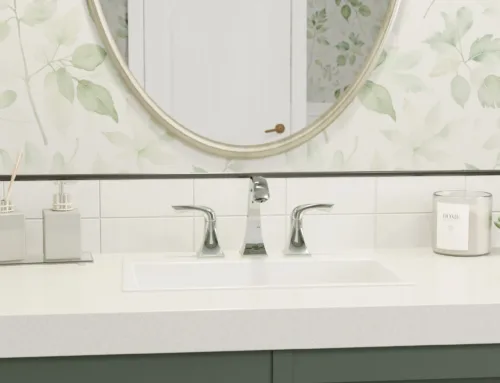
The past year has proved challenging in a lot of ways. With COVID-19, cleaning is now more important than ever, particularly for multi-family and commercial facilities, like long-term care facilities, schools and other large congregate settings.
While there is a lot of information out there encouraging facility owners to be rigorous about cleaning, there isn’t a lot of information about how to go about doing so — particularly when it comes to the sanitation of bathroom faucets in these facilities.
We’re here to help with this guide about proper bathroom sanitation.
1. Understand Why Cleaning Your Faucet Is So Important
Knowing that your bathroom faucets should be cleaned regularly is one thing, but understanding why is another.
There is an infinite number of germs out there. From bacteria to viruses, each has its own ability to live on surfaces for a specific amount of time. Some can survive on surfaces for just a few hours, while others last for a few days. And at any time, the human hand can be host to hundreds of different types of bacteria and viruses.
Guess where these pathogens go?
That’s right, the faucet they just touched.
With proper sanitation, however, you can stop the spread of these germs quite easily. But this doesn’t mean you can get by with a quick wipedown.
There are a few steps you must take to disinfect your bathroom faucets, which include understanding your bathroom faucets, what they are made of, their parts and what agents you should and shouldn’t use. You might even consider installing new faucets that are more sanitation-friendly.
(To learn more about how disinfecting works, check out this blog.)
2. Cleaning Faucets
On a daily basis, wiping down the areas of the faucet that are touched the most (the handles) with a mild vinegar and water solution will kill most pathogens. Remember, vinegar is an acid, and any bacteria or virus that make people sick can only live at a balanced pH.
Fill a spray bottle with a 1:1 vinegar-water ratio and store it nearby to make daily cleaning a breeze.
On a monthly basis, clean the aerator. For single-family residences, this is usually done yearly, but given the high traffic flow in commercial facilities, you’ll want to do this more often.
Note: Before you start trying to pry out your aerators, know some faucet models have special aerators that require special tools to be removed, so it’s always best to check the documentation that comes with the faucet to ensure you are removing it correctly.
The aerator is the little mesh mechanism inside the end of the faucet spout and what gives your tap better flow. Using a non-scratching tool, gently unscrew the aerator and inspect it for any buildup. If there is any, soak it in your vinegar and water solution, and use a soft cleaning tool like a toothbrush to remove the buildup.
While your aerator is soaking, inspect around the faucet, particularly where the faucet meets the sink. There are always nooks and crannies that buildup will occur. Just like the aerator, use a gentle tool like a toothbrush with your vinegar and water solution to clean and disinfect the area.
(To learn more about how to care for your faucet, check out this guide.)
3. Consider Touchless Faucets
Germs like viruses and bacteria live on surfaces and require transfer to a new surface in order to infect someone. That means touching the faucet surface when covered in germs is a surefire way to get sick. How do you prevent this from happening? Simple. Touchless faucets.
Touchless faucets reduce the spread of germs on and around faucets, which can significantly improve bathroom sanitation. Not only that, but touchless faucets are also accessible and user-friendly.
4. Get to Know Your Materials
Getting to know your faucets also means getting to know the faucet materials.
Not all faucet materials are built the same. Some materials, like polished chrome faucets or porcelain sinks, require a very gentle touch and very mild detergents, and most others can’t withstand harsh chemical cleaners.
When in doubt, always use a soft cloth, like microfiber, and a diluted, non-abrasive cleaner. Vinegar and water is great, but remember, vinegar is an acid that will need to be diluted even further for some materials. Plus, hard scrubbing can scratch the surface of some materials.
If you plan on using a finishing wax, or a cleaning product that also works like a wax substitute, it’s important to make sure that the product is safe for your exact finish.
Last, if the surfaces in the bathroom are scratched, this can actually increase germ buildup as they now have a place to hide. Smooth surfaces help keep that to a minimum. If you find scratches, talk to your manufacturer or do some research on the best way to fix your faucet’s finish to get it smooth again.
5. Learn About Cleaning Agents
There are a lot of cleaning agents that purport to be all-purpose cleaners. After all, every cleaner does exactly what it’s supposed to do: clean. But not every cleaner is safe for every surface or for every need.
Removing hard water buildup from a faucet aerator will require a stronger cleaning solution than a cleaner suitable for marble shower surfaces, for instance.
There are a few different types of household cleaners: detergents, degreasers, abrasives and acids. For the most part, you won’t need a degreaser for bathroom sanitation, and an abrasive cleaner should be avoided. That leaves detergents and acids. An acid cleaner on a metallic surface like brass, copper and bronze will actually discolor it, ruining the finish.
Each cleaning agent will come with a useability label. It’s best to follow these instructions in conjunction with consulting the manufacturer’s instructions.
Ready to Get Started?
Of course, when you choose one of the best faucets on the market, you’ll start your sanitation journey on the right path. Pioneer offers a wide range of bathroom faucets that are durable and budget-friendly AND that come with an industry-leading 10-year commercial installation warranty.
Are you ready to get started? Check out our full range of faucets to find the best faucet for your next project. Or contact us today to speak with one of our skilled team members.








